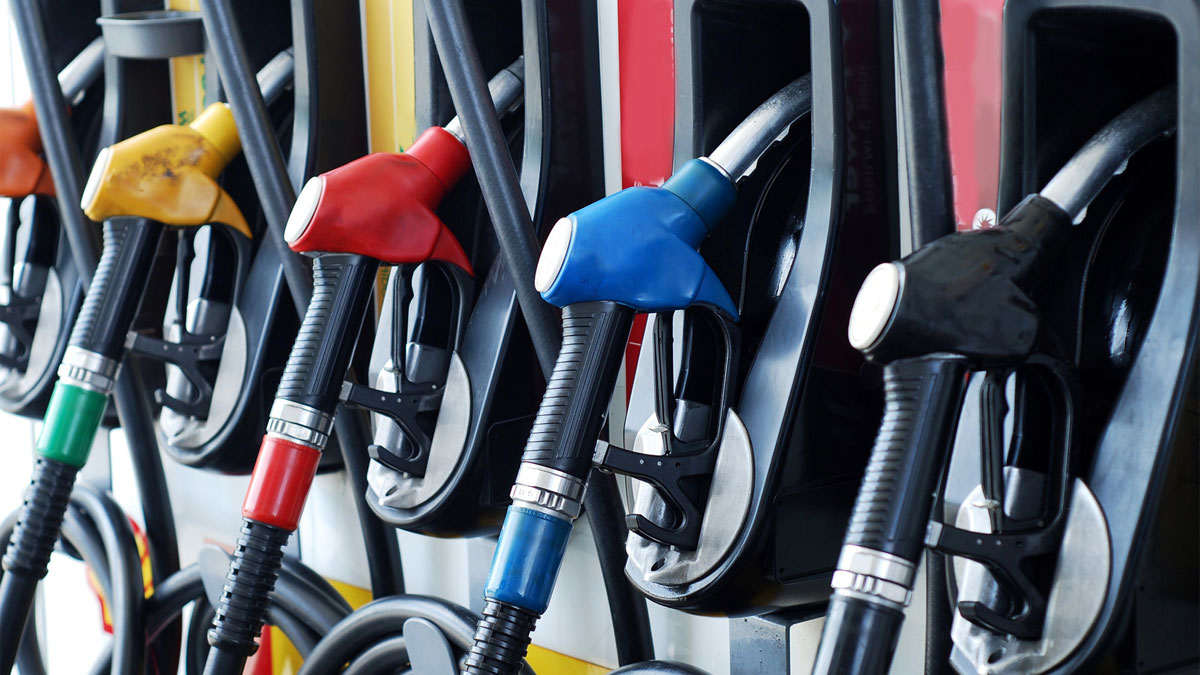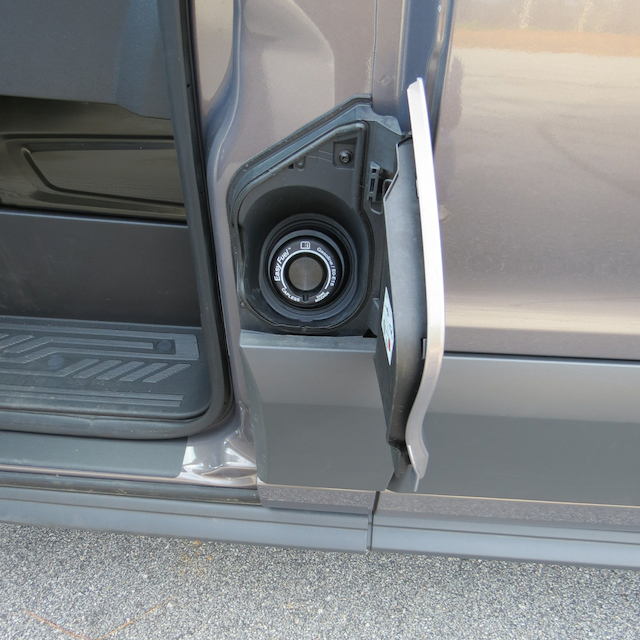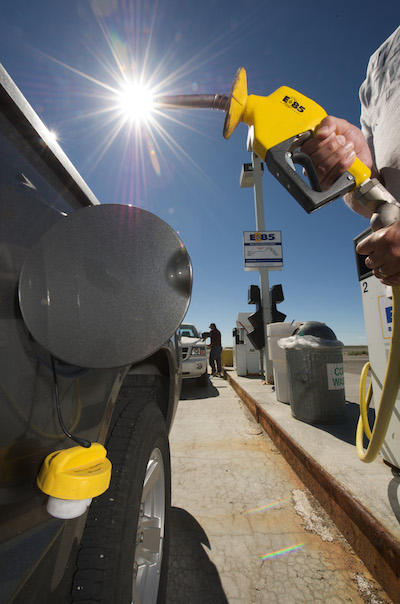Have you been to a service station lately? Unless you are part of the small cohort of electric vehicle devotees, then you are making regular visits to the fuel pump and shelling out a lot of cash in the process.
While visiting the pump, you will find several grades of gasoline and in some cases diesel and biofuel options. Choosing the right fuel for your car can help it run its best while enabling you to avoid costly repairs as you keep your vehicle in sound operating condition.
Your Owner’s Manual
If you are not sure what type of fuel your car takes, there are two places where that information is prominently posted within your vehicle.
The first is printed on its fuel cap. The second is in your owner’s manual. Carefully read what is published and understand the distinction between “recommended” and “required” fuels.
Recommended fuels represent the grade of gasoline that your car is optimized to consume. Required fuels are those that you must use or risk damaging your engine and perhaps invalidating your new car warranty.
Many high-performance engines equipped with turbochargers and superchargers require premium-grade gasoline only. Understand the distinction between “recommended” and “required” to avoid making a costly mistake. Engine damage can cost you thousands of dollars in repairs.
See Also – How Can I Tell if My Car is Flex-Fuel Capable?
Gasoline Grades
Most fuel pumps offer two grades of gasoline, with others offering three or more.
Regular grade gasoline typically comes in at 87 octane, with octane representing a flammable hydrocarbon liquid. An octane rating measures a particular fuel’s propensity to ping or knock when mixed with air and burned within an engine’s cylinders.
To avoid knocking, especially in higher compression ratio engines, manufacturers may recommend or require that you use mid-grade gasoline (89 or 90 octane) or premium grade gasoline (usually 92 or 93 octane).
There is, however, usually no performance advantage for fueling with a higher grade gasoline than for regular if your car is optimized to take lower octane rated fuel.
All About Diesel
Just as the octane rating measures gasoline’s quality of ignition, cetane measures diesel fuel.
However, the similarities end there as cetane measures ignition delay, the time between the start of fuel injection and the start of ignition. A higher cetane number means your diesel-powered vehicle will start faster, operate quieter, run more efficiently and emit lower levels of pollutants.
Unlike gasoline, motorists will typically find just one diesel choice at service stations. Cetane ratings typically range from 40 to 45 and in some cases as high as 55.
Biofuels and Alternative Fuel Choices
Many service stations around the country carry biofuels. In fact, if you fill your car with gasoline, there is a significant likelihood that your fuel contains up to 10 percent ethyl alcohol.
This should be of little concern for you as today’s gasoline-powered vehicles can run safely on a small blend of gasoline and ethanol, the latter typically derived from corn and other plant-based materials.
Some cars are known as flex-fuel vehicles (FFVs), which means they can take either straight gasoline or a combination of gasoline and ethyl alcohol up to 85 percent. So-called E85 fuel or ethanol consists of 85 percent ethyl alcohol and 15 percent gasoline.
See Also – Rebates For Buying, Using An E85 Vehicle
Similarly, many of today’s diesel engines can take biodiesel, representing a combination of animal fats, cooking oil or soybean oil and straight diesel, ranging from 5 to 20 percent. Thus, B20 fuel represents 20 percent biodiesel and 80 percent petroleum diesel.
A select number of vehicles can run on propane fuel or compressed natural gas (CNG), typically following aftermarket retrofits that make this possible. The advantage of both fuels is that they are cheaper and run cleaner than gasoline or diesel, but few service stations carry them.
In areas where allowed, homeowners may install liquid petroleum (propane) tanks on their property. Homes equipped with a natural gas line can also install a compressor appliance to refuel their vehicles overnight.
Shopping for a Vehicle
Not all models offer one fuel type only. Some are able to take gasoline, other diesel, while still others run on natural gas or liquid petroleum.
When shopping for a new vehicle, consider the current costs for these fuels and plan your purchase accordingly.
See Also – Is My Car E85 Capable?
- 2024 Mazda CX-50: A Compact SUV with Premium Aspirations - Apr 15, 2024
- 2024 Ford Mustang (Iconic Pony Car Evolves) - Apr 4, 2024
- 2024 Ford Maverick (Looks Like a Truck, Drives Like a Car) - Mar 28, 2024



